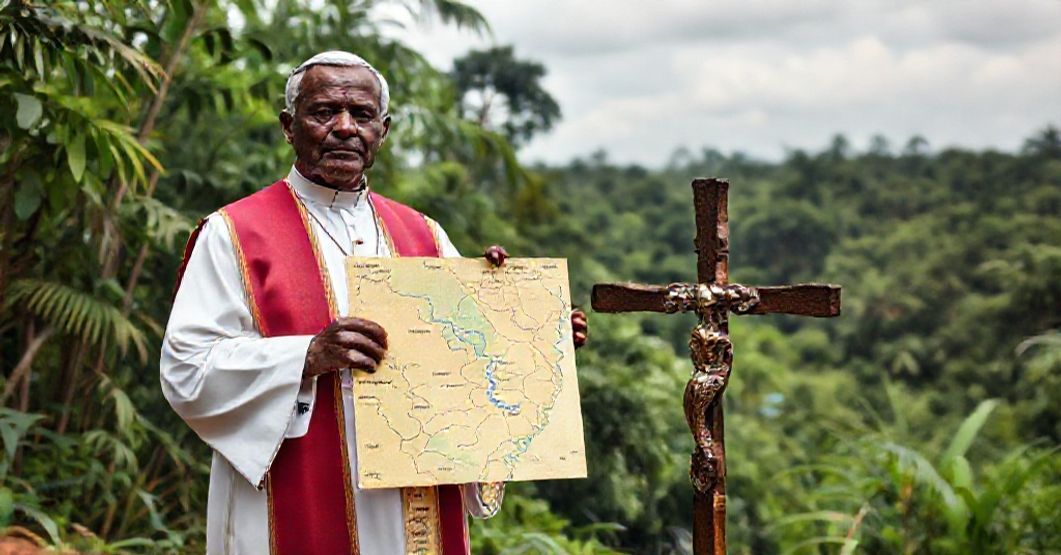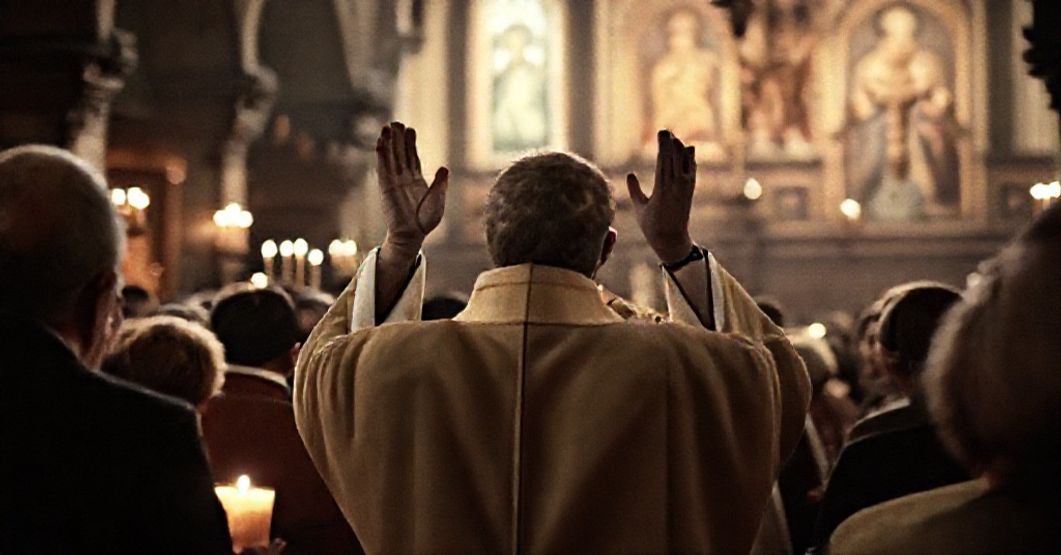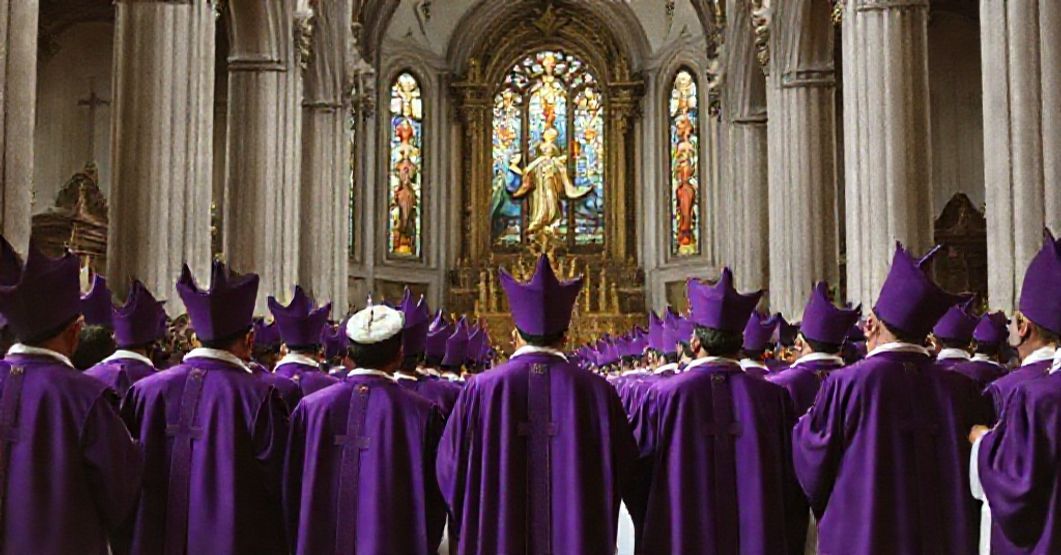Antipopes of the Antichurch



















Timeline of this heretical pontiff
Encyclical Letters
+ 15 posts1959
+ 7 posts1961
+ 4 posts1962
+ 2 posts1963
+ 2 postsApostolic Exhortations
+ 3 postsApostolic Constitutions
+ 93 posts1958
+ 6 posts1959
+ 87 postsMotu Proprio
+ 15 posts1958
+ 1 posts1959
+ 1 posts1962
+ 11 postsApostolic Letters
+ 151 posts1958
+ 4 posts1959
+ 63 posts1960
+ 78 posts1961
+ 1 posts1962
+ 4 posts1963
+ 1 postsSpeeches
+ 99 posts1958
+ 2 posts1959
+ 26 posts1960
+ 29 posts1961
+ 16 posts1962
+ 24 postsMessages
+ 6 posts1959
+ 4 postsHomilies
+ 4 postsLetters
+ 152 posts1958
+ 1 posts1959
+ 48 posts1960
+ 32 posts1961
+ 31 posts1962
+ 30 posts1963
+ 10 postsNot categorized
+ 1 posts1958
+ 1 postsNews feed


LULUABURGENSIS (1959.04.25)
The Latin text presents an apostolic constitution of John XXIII by which he, as putative supreme legislator, carves territory from the Apostolic Vicariate of Luluaburg in the Belgian Congo to erect a new Apostolic Vicariate of Luebo, entrusting it explicitly to the “indigenous clergy,” meticulously defining its borders by rivers and administrative lines, granting it the usual rights and privileges, and commissioning Alfred Bruniera to implement the act with canonical formalities.


Exarchia in Germania (1959.04.17)
This Latin text promulgated under the name of “Ioannes PP. XXIII” establishes an Eastern-rite (Ruthenian, Byzantine) Exarchate in Germany for displaced faithful from Galicia and the Carpathian region after World War II. It recounts Pius XII’s intention to provide a stable ecclesiastical structure directly subject to the Apostolic See, designates Munich as the see, grants the usual rights and privileges of such jurisdictions, orders Eastern traditions to be preserved, sends candidates for the priesthood to Rome, outlines financial provisions, and entrusts execution to Aloisius Muench, the Apostolic Nuncio in Germany. This seemingly administrative arrangement is presented as pastoral solicitude, but in reality it manifests the consolidation of the conciliar revolution’s control over the Eastern rites as instruments of a humanistic, politico-ecclesiastical agenda, rather than guardians of the true Catholic faith.


CULIACANENSIS (1959.04.06)
The apostolic constitution “Culiacanensis” of 6 April 1959, issued by Angelo Roncalli as “John XXIII,” formally erects a cathedral chapter in Culiacán: it establishes a college of canons with specified dignities (Archdeacon, Canon Theologian, Penitentiary), regulates their number, minimal liturgical obligations, material endowment, vesture, and delegates execution to the apostolic delegate in Mexico.


OTURKPOËNSIS (1959.04.02)
The Latin text attributed to John XXIII announces the elevation of the Apostolic Prefecture of Oturkpo in Nigeria to a diocese, under the title Oturkpo, with its boundaries unchanged, subject to the metropolitan see of Onitsha and entrusted to the Congregation of the Holy Spirit, detailing its juridical status, episcopal obligations (seminary, chapter or consultors), material support, and execution clauses, presented as an act of pastoral solicitude for the propagation of the Gospel and the strengthening of ecclesial structures. In reality, this seemingly administrative document is a revealing token of a usurper’s exercise of jurisdiction and of a missionary policy already infected by the principles that would soon subvert the visible structures of the Church.
Varia
Announcement:
– News feed –implemented
– Antipopes separate web sites with their all documents refutation – in progress
